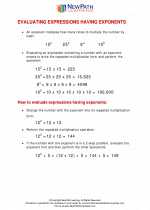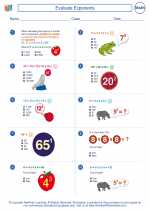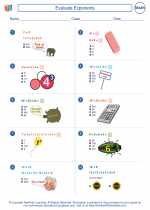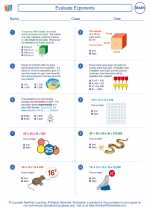Comparing Numbers
When comparing numbers, we want to determine which number is greater, which number is smaller, or if the numbers are equal. We use comparison symbols to represent these relationships.
Comparison Symbols
- < : Less than (Example: 4 < 7)
- > : Greater than (Example: 7 > 4)
- ≤ : Less than or equal to (Example: 4 ≤ 4)
- ≥ : Greater than or equal to (Example: 7 ≥ 4)
- = : Equal to (Example: 5 = 5)
Comparing Whole Numbers
When comparing whole numbers, we start by looking at the digits in the ones place. If the digits in the ones place are different, the number with the greater digit in the ones place is the greater number. If the digits in the ones place are the same, we move on to compare the digits in the tens place, and so on.
Comparing Decimals
When comparing decimals, we align the decimal points and compare the digits to the right of the decimal. If the digits are the same, we move to the next place value to the left until we find digits that are different.
Comparing Fractions
When comparing fractions, we can use a common denominator to make the comparison. If the fractions have the same denominator, we can compare the numerators. If the fractions have different denominators, we find a common denominator and then compare the numerators.
Practice Questions
Answers
- 15 < 21
- 3.25 < 3.5
- 2/5 > 3/7
Remember, when comparing numbers, it's important to pay attention to the place value and use the appropriate comparison symbols to accurately describe the relationship between the numbers.
.◂Math Worksheets and Study Guides Sixth Grade. Evaluate Exponents

 Worksheet/Answer key
Worksheet/Answer key
 Worksheet/Answer key
Worksheet/Answer key
 Worksheet/Answer key
Worksheet/Answer key
